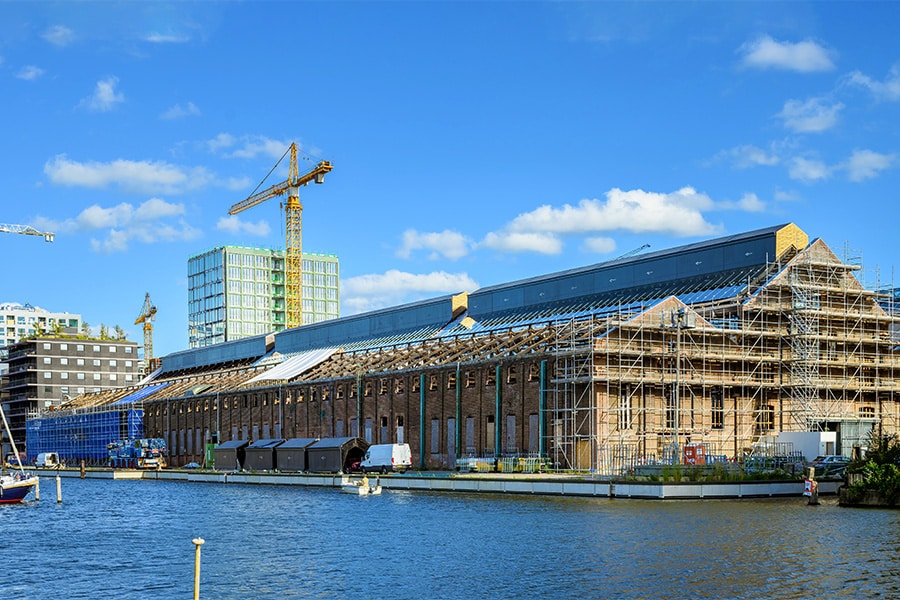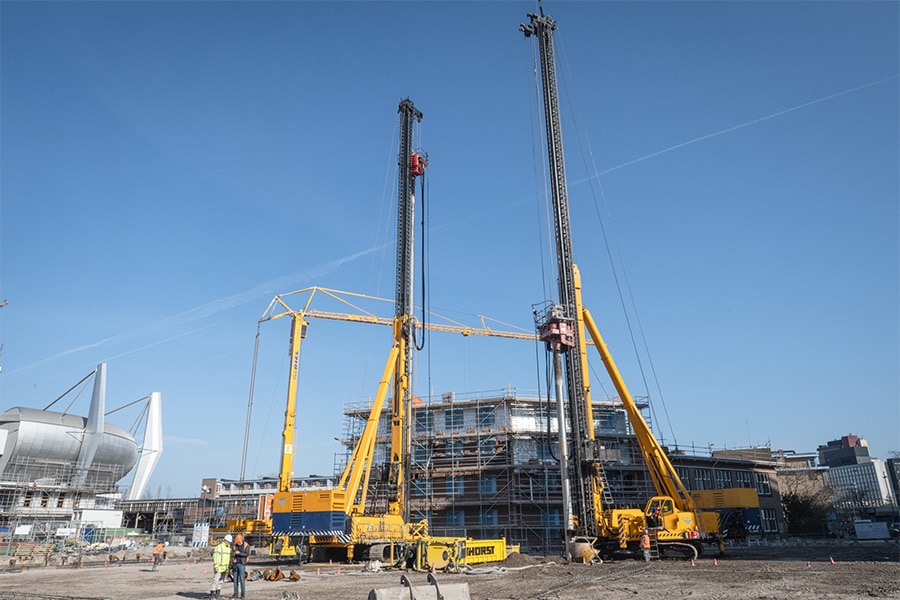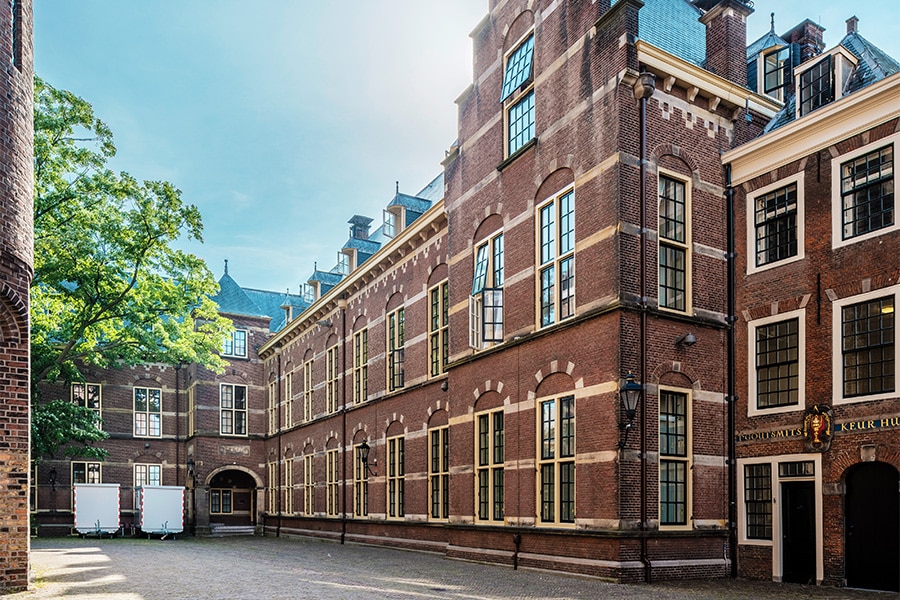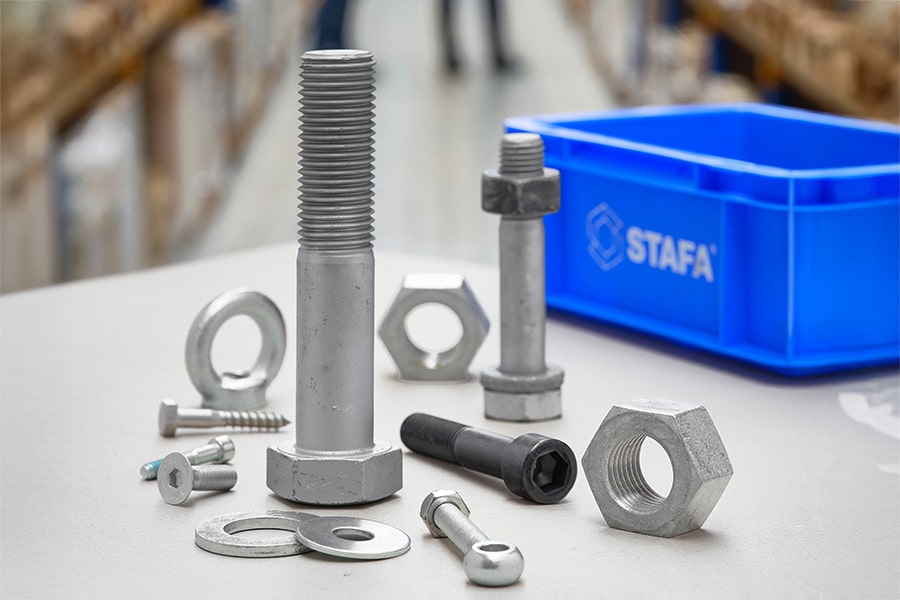
New requirements for more sustainable concrete in Public Works projects
Rijkswaterstaat is taking an important step towards a climate-neutral and circular infrastructure by introducing new, sustainable, requirements for concrete. The requirements stem from agreements in the Concrete Agreement and have applied to all new projects of the Department of Public Works since early 2022.

The production and processing of concrete emits a lot of CO2. As a major consumer of concrete, Rijkswaterstaat has therefore joined the Concrete Agreement. Agreements were made to make the concrete sector more sustainable. Rijkswaterstaat has translated these agreements into new concrete requirements in the 'Rijkswaterstaat Technical Document (RTD) 1033 Making Concrete More Sustainable'. For example, Rijkswaterstaat is pushing for high-quality reuse of concrete released during demolition. But also on lowering the Environmental Cost Indicator (EQI) and making validation space available in projects. The RTD 1033 has been a requirement for new projects since the beginning of this year.
High quality reuse
By 2030, the Department of Public Works aims to reuse 100% of the concrete to be demolished in a high quality manner. This starts by using concrete objects until their maximum service life is reached, with life-extending maintenance if necessary. When demolition proves unavoidable, individual elements can be reused. The concrete from the non-reusable elements is used as raw material in new concrete. Demolished concrete as road foundations is not seen by Rijkswaterstaat as high-grade reuse. In a few years, this will also no longer be allowed within projects.
Ever lower MKI value
RTD 1033 directs that the EQI value be reduced. This environmental cost indicator is expressed in euros and is calculated by aggregating all relevant environmental impacts into one number. The lower the EQI value, the smaller the environmental impact. RTD 1033 describes ceiling values for concrete mixtures of different strength classes, for precast concrete elements and precast beams. Those values decrease by 4% every 2 years and apply to all market participants.
Interim adjustment
There is still a long way to go towards climate-neutral and circular work in 2030. Together with other parties within the Concrete Agreement, Rijkswaterstaat is therefore looking at the performance of the most innovative market parties. If they go faster than expected, the ceiling values for the other market parties will be adjusted. Leaning back is then not an option, so the pace of innovation is safeguarded.
Applying innovation
If you, as a market party, want to apply a concrete innovation on a small scale within a project to validate it in practice (after lab validation), this is possible in most cases. Talk to the contract or technical manager of Rijkswaterstaat and validate with the help of the concrete innovation counter.
Source: Department of Public Works



